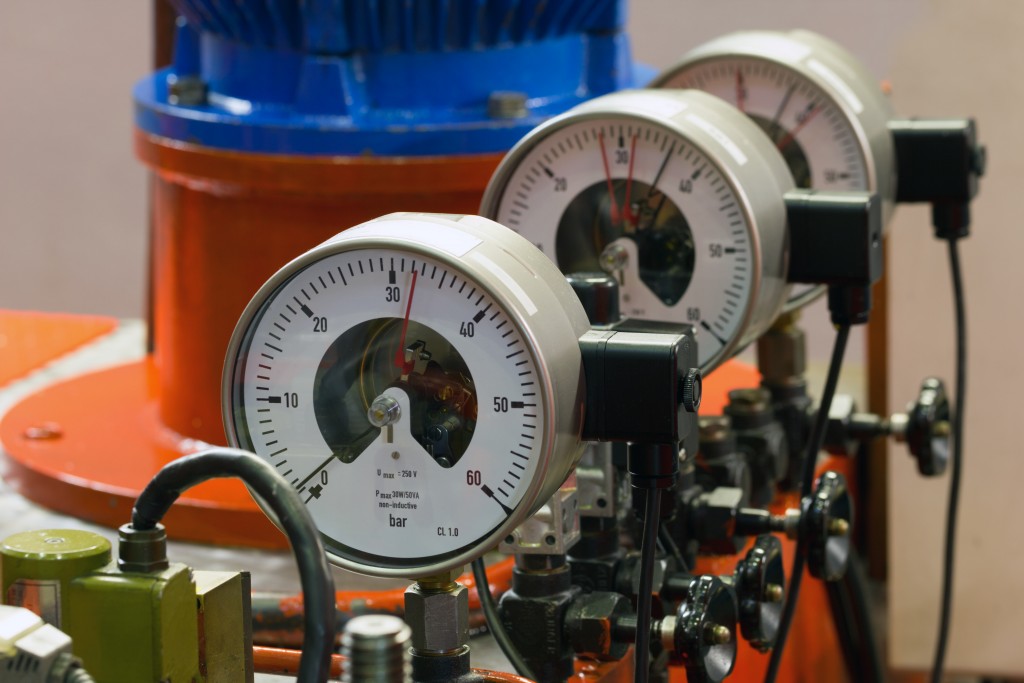Limited water resources and rising utility costs demand that businesses minimize water consumption. Effective water conservation measures require an accurate reading of water flow both in operations and in wastewater reclamation systems to improve water economy across all operations.
Only 3 percent of the world’s water resources are available for human consumption. As water resources become scarce and droughts become more common, it becomes everyone’s duty to work toward ensuring that the available water resources are used appropriately and efficiently. Regulators are looking toward reducing the amount of water wasted in domestic and commercial applications in the face of increasing pressure from limited water supplies and increasing frequencies of drought.
Beyond the expectations of regulatory water audits, businesses are under immense pressure from the rising costs of utilities—an inevitability in times of water scarcity—to improve the efficiency of their operations. Moreover, as business leaders and customers alike are becoming more environmentally conscious, enterprises should look toward a comprehensive plan toward reducing their operations’ ecological impact.
Industries, which are among the largest consumers of water, should take charge in optimizing water conservation efforts, either through reducing consumption or avoiding pollution that can contaminate water sources. Optimizing water conservation would not only lead to greener, more cost-effective operations but also lead to opportunities for increasing revenue.
Cutback Opportunities
Incorporating water efficiency and wastewater reduction plans may serve as a new opportunity for companies to cut back on water consumption and improve the bottom line on several fronts. Besides reducing the amount of water used by in-plant operations, companies can also install wastewater treatment systems, which can reclaim a significant portion of the water used for other purposes within the facility.
Integrating wastewater treatment facilities with other systems—such as digesters for organic waste—can create additional sources of revenue for the enterprise. Digesters, for instance, can create biogas that can supplement the energy used by the company’s facilities, while the resulting sludge can be sold to farmers as fertilizer.
Measuring Consumption
Measuring the amount of water consumed by the business’ operations is the first step toward improving water use efficiency system-wide. By having an accurate reading of the amount of water consumed by each of the processes, policymakers can set minimum water-use standards with the goal of not only reducing increase plant efficiency and reduce utility bills but also work toward meeting the company’s green goals.
Efficient industrial water flow meters have the potential to help industrial and commercial ventures reduce the amount of water wasted throughout their operations system-wide. Choosing accurate flow meters at the appropriate locations would yield clearer water-use readings, which provide invaluable data on water usage.
The Role of Water Data

Data analytics will play a key role in optimizing water conservation. Besides identifying water usage rates to establish best practice requirements, business policymakers can also rely on water use to identify potential inefficiencies in the system. Correcting these systematic issues can help address excess water consumption and improve the bottom line and reach targeted water conservation benchmarks.
Meter analytics, meanwhile, can help divert water flow more effectively across the entire facility to the segments that need it the most. Flow can be adjusted to ensure that operations that do need more water receive their appropriate share of supplies.
Besides reducing the amount of water used by the facility, efficient industrial water flow meters can optimize the function of wastewater treatment systems. Efficient wastewater treatment translates to a greater volume of usable water reclaimed from the system, which can help reduce water consumption rates even further.

